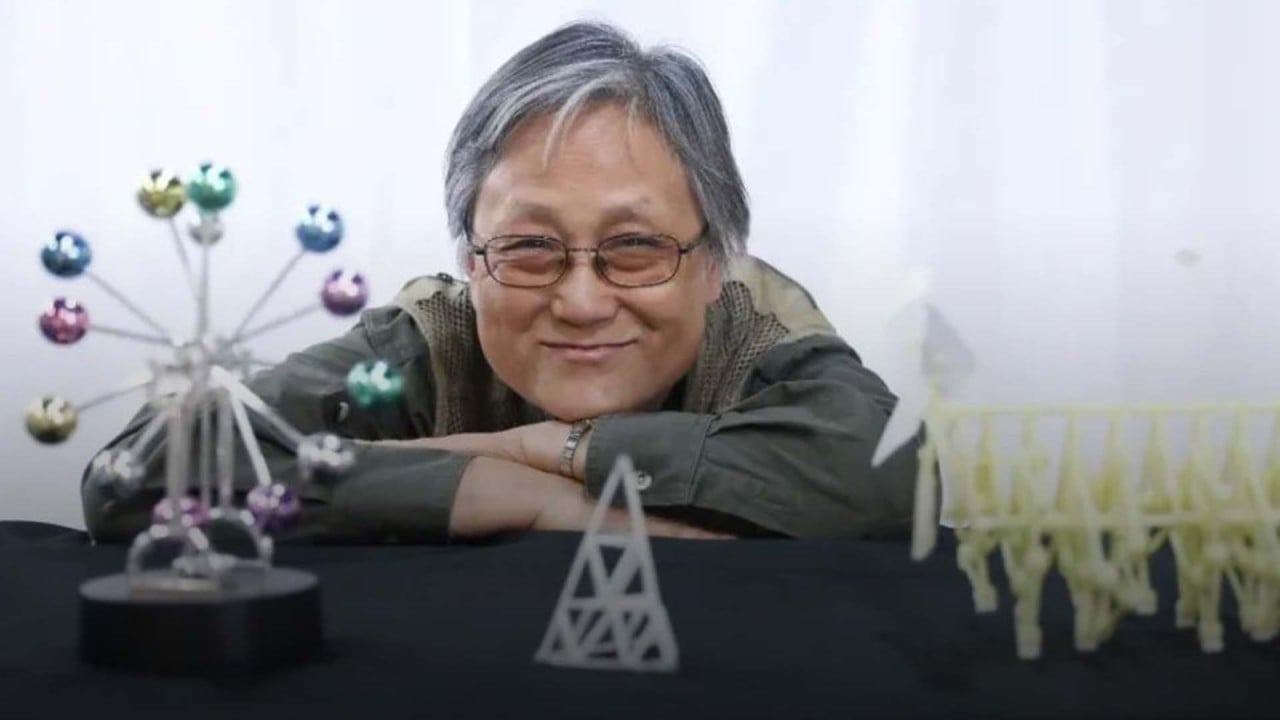Advertisement
Chinese team produces quantum computing ingredients with record efficiency
- New method could speed up research in technology for long-distance, attack-proof communications and conserve laboratory resources
- Entangled photons are crucial for developing superfast quantum computers and communication devices
Reading Time:2 minutes
Why you can trust SCMP
4

Chinese scientists say they have demonstrated a new way to produce entangled photons – a fundamental ingredient in quantum communication and computing – with unprecedented efficiency.
The method has the potential to conserve laboratory resources and accelerate research into quantum relay, a key technology for long-distance, attack-proof quantum communication, according to researchers from the University of Science and Technology of China in the southeastern province of Anhui.
To develop superfast quantum computers and communication devices, scientists must first produce a large number of entangled particles – particles that remain connected even when they are far apart – to send information.
The most popular way to create entangled photons in a laboratory is to shine a strong laser beam into a special crystal. While most photons continue straight through the crystal, a few of the particles of light undergo a process called spontaneous parametric down-conversion and split into a pair of lower energy photons that are entangled with each other.
But this method is inefficient and unpredictable, with only about one entangled pair generated from tens of millions of photons.
The Chinese physicists used a non-traditional method based on particle interaction to achieve entanglement, according to a paper published in the peer-reviewed Nature Photonics on Thursday.
The team first captured hundreds of rubidium atoms to form a cluster known as a “superatom”. Then they stimulated one of the atoms to reach electronically excited states known as Rydberg states, named after the 19th century Swedish physicist Johannes Rydberg.
Advertisement
Select Voice
Choose your listening speed
Get through articles 2x faster
1.25x
250 WPM
Slow
Average
Fast
1.25x
